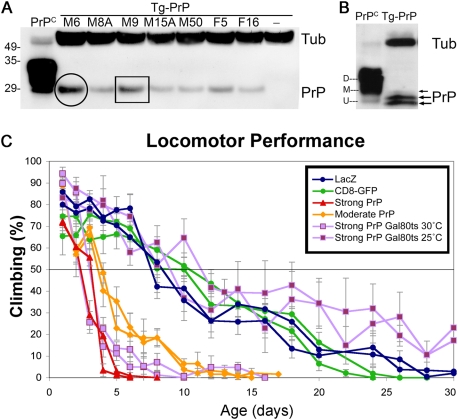Figure 1. Expression of mammalian PrP and neural dysfunction.
(A) Brain expression of high (circled), moderate (box) and weak wild type HaPrP lines (Tg-PrP) in a 4–12% agarose gel (OK107-Gal4/PrP) using the 3F4 anti-HaPrP antibody. A sample of PrPC from hamster brain is shown on the left lane as control. Negative control flies (-) were included and Tubulin (Tub) was used as loading control. (B) In a 15% gel, three bands of Tg-PrP (OK107-Gal4/PrP-M6) are detected corresponding to the Un-, Mono- and Di-glycosylated forms of PrPC from a hamster brain extract. (C) Climbing ability of adult males expressing LacZ (control, blue circles), CD8-GFP (control, green circles), PrP-M6 (red triangles), PrP-M9 (orange diamonds) and PrP-M6; Gal80TS (purple squares) in motor neurons under the control of BG380-Gal4. The strong line PrP-M6 induces early locomotor dysfunction, while the moderate PrP-M9 induces a slightly delayed phenotype measured at 50% climbing. Induction of PrP expression in newly eclosed flies by turning Gal80TS off at 30°C also induces locomotor dysfunction in four days, while siblings placed at 25°C perform as controls.

